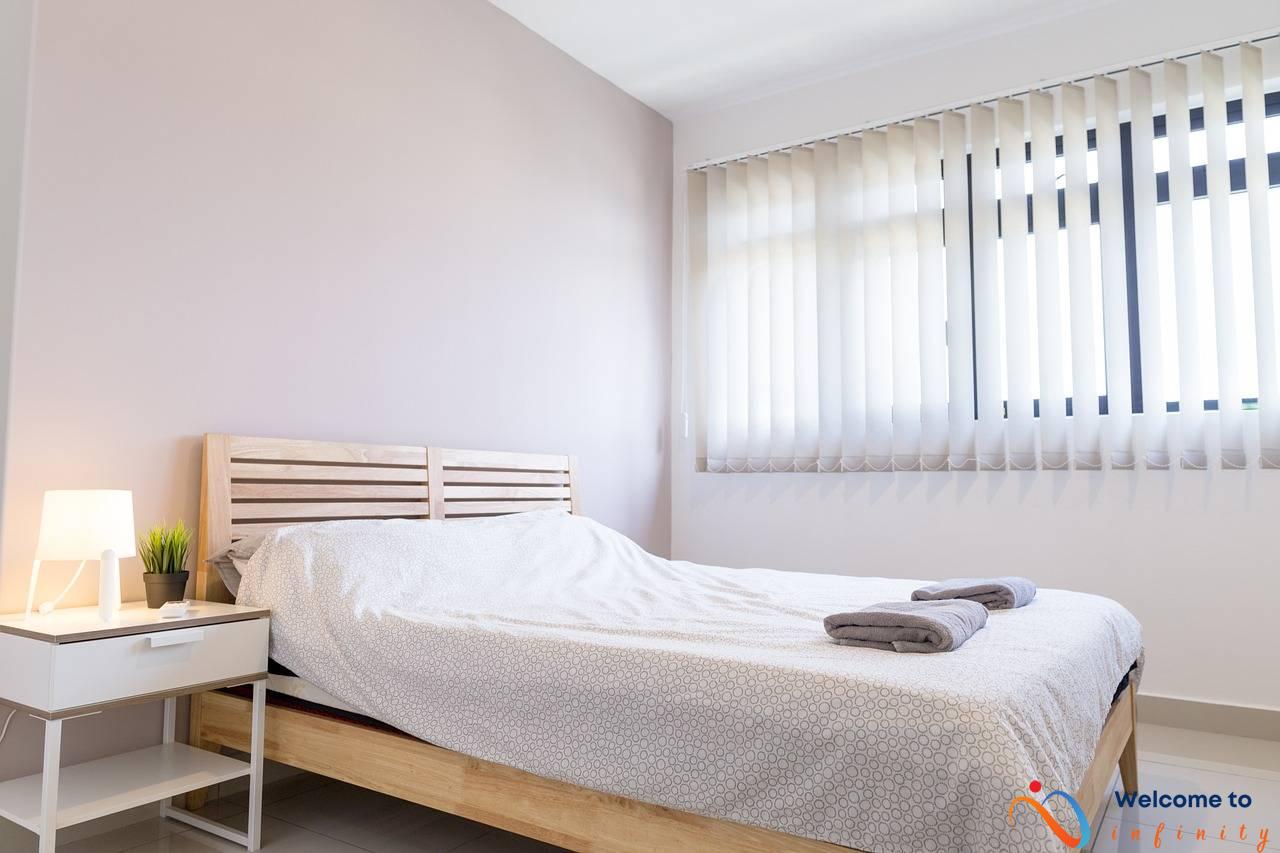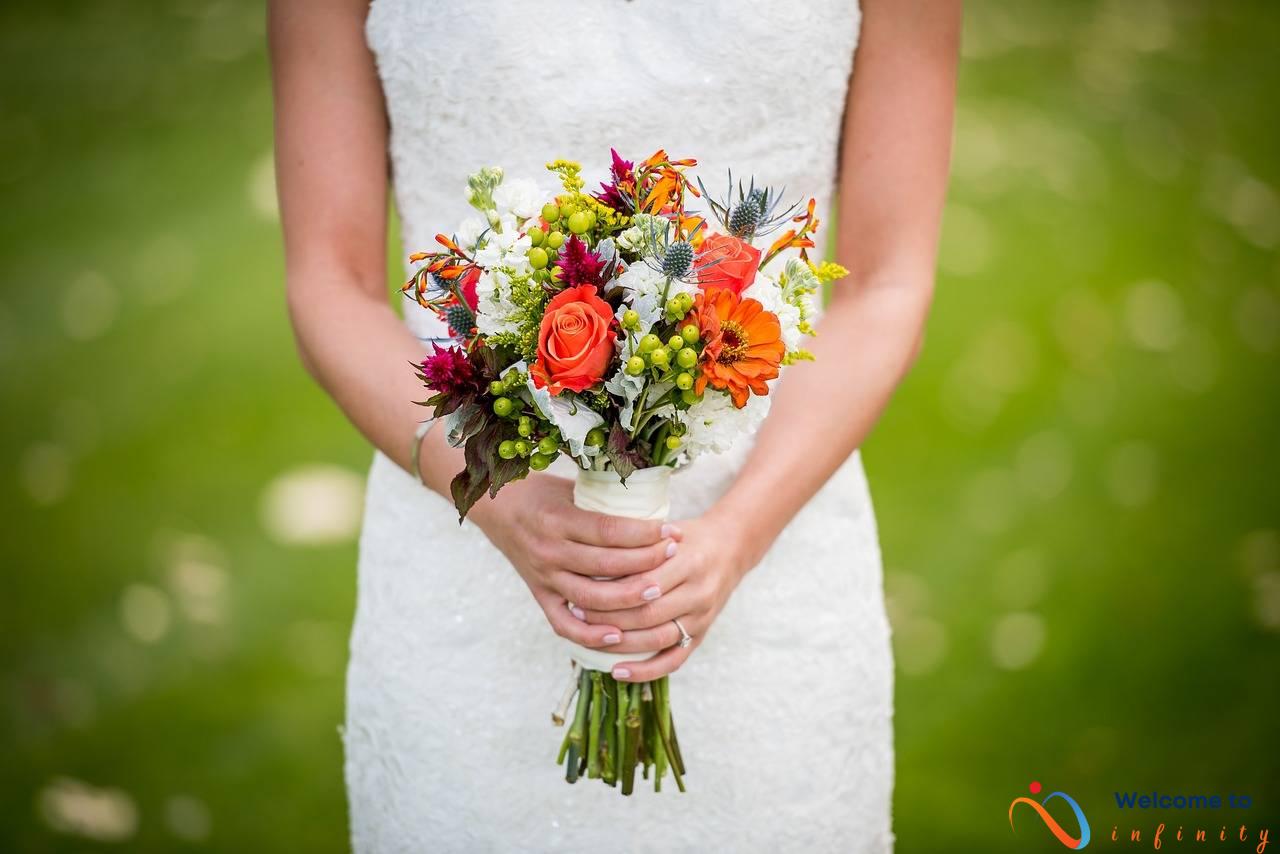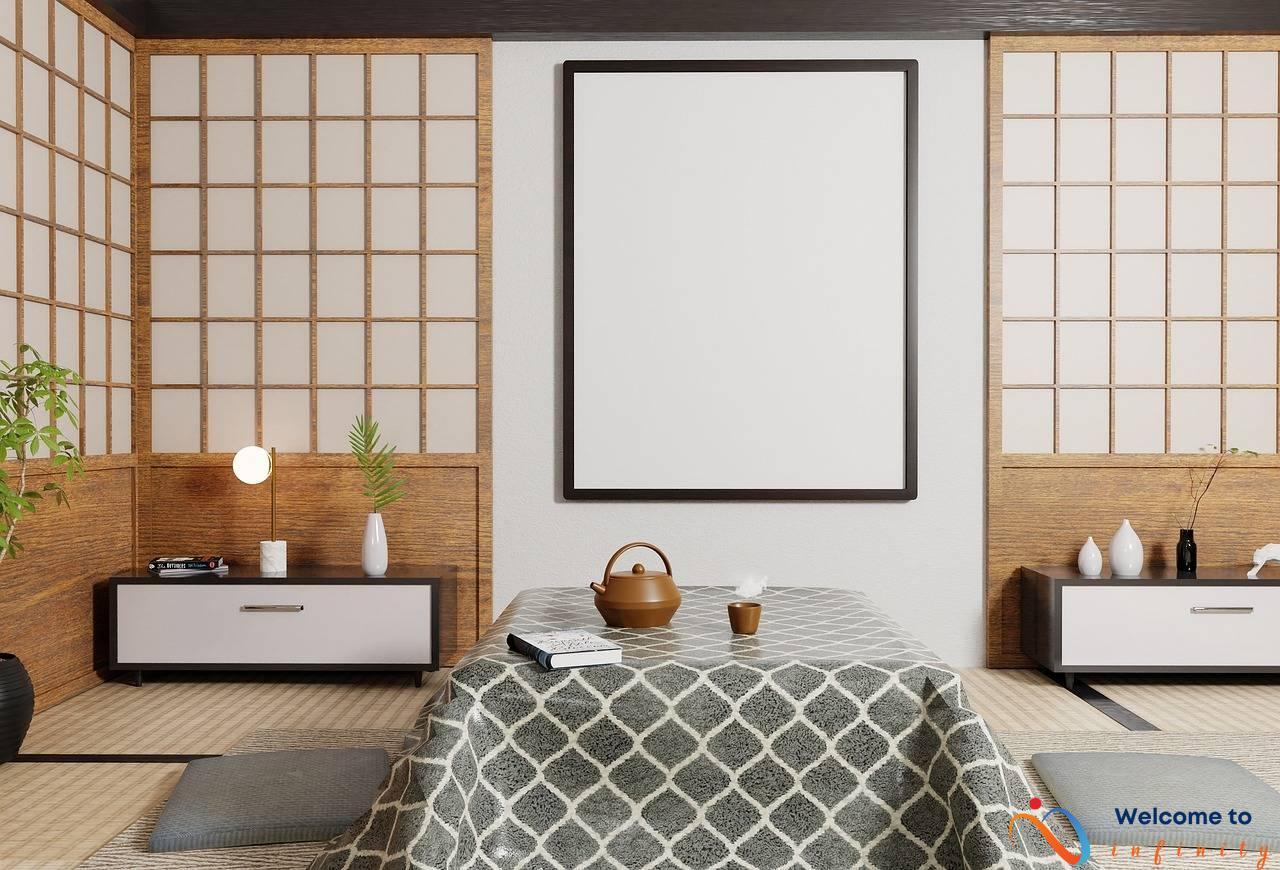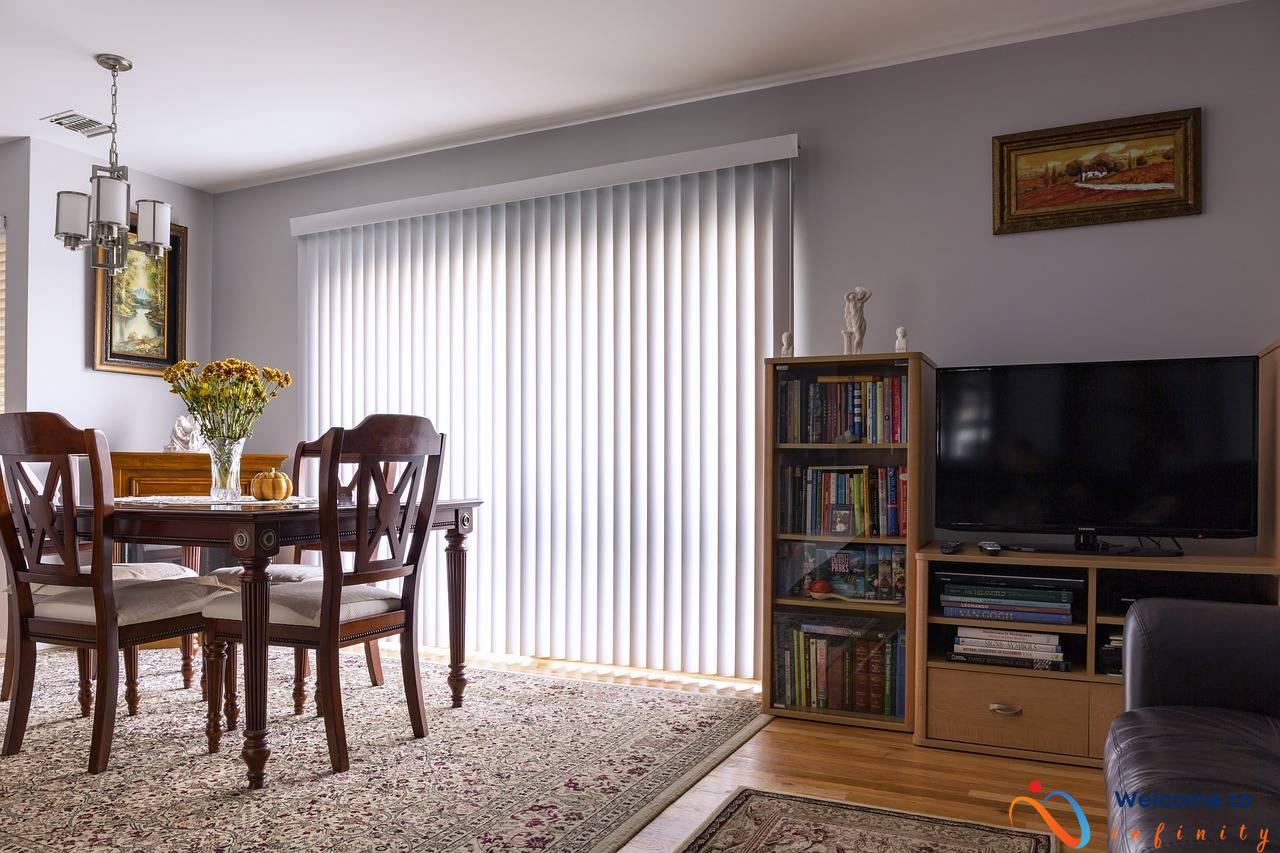Are you looking for a way to add a touch of green to your indoor space? Creating a sustainable indoor garden can be a fun and fulfilling way to not only decorate your home but also improve indoor air quality. Luckily, there are plenty of plants that are easy to care for and can thrive in various indoor environments, regardless of your gardening skills or space available.
One of the best plants for a sustainable indoor garden is herbs. Herbs such as basil, mint, and parsley not only add flavor to your meals but can also be grown in small pots or even in a windowsill box. They are easy to care for and can be a fun addition to your home cooking.
Another great option for indoor gardening is succulents. These diverse plants come in various shapes and sizes and are known for their ability to purify the air while adding a pop of color to your space. Aloe vera is a popular succulent plant that can be grown indoors and used for its medicinal properties, making it both attractive and useful.
The spider plant is another popular houseplant that can help purify the air in your indoor space. It is easy to care for and can grow in various light conditions. Pothos is another versatile plant that can be displayed in a hanging basket or trained to climb walls or trellises, and its golden variety is highly effective at purifying the air.
Bamboo is a unique option for indoor gardening that can add a touch of zen and serenity to your living space. It also helps purify the air and comes in various types that are suitable for indoor environments. Lastly, the peace lily is a popular indoor plant that is known for its ability to remove harmful toxins from the air, making it a perfect addition to any indoor garden.
1. Herbs
If you're looking for fresh and flavorful herbs to add to your cooking, growing your own herbs is the perfect solution. Even if you live in a small space, you can still grow herbs like basil, mint, and parsley in small pots or even in a windowsill box. First, choose a location that receives plenty of sunlight and has good air circulation.
Next, select a container with good drainage and fill it with a quality potting mix. You can start with seedlings from a nursery or plant store, or even grow herbs from seeds. Just be sure to follow the instructions on the seed packet and keep the soil moist but not too wet.
Herbs like basil, mint, and parsley are easy to care for and can be harvested on an as-needed basis. Plus, they add freshness and flavor to a variety of dishes, from salads to soups to pasta. To keep your herbs thriving, be sure to fertilize regularly, prune back any dead or damaged leaves, and provide plenty of water and sunlight.
- Basil is a fragrant herb with a sweet and slightly peppery flavor. It can be used in pesto, sauces, and as a topping for pizza.
- Mint is a refreshing herb that adds a cool and slightly sweet flavor to desserts, drinks, and even savory dishes like lamb and peas.
- Parsley is a versatile herb with a bright and fresh taste. It can be used as a garnish or added to stews, soups, and sauces.
By growing herbs at home, you can enjoy the convenience of having fresh herbs on hand whenever you need them, while also adding a touch of green to your indoor space.
2. Succulents
Succulents are one of the most popular types of indoor plants due to their unique beauty, ease of care and air-purifying properties. They come in various shapes, sizes, and colors, making them perfect for adding a pop of color and personality to your living space.
One of the greatest advantages of succulents is their ability to thrive in low humidity and high temperatures, making them perfect for indoor gardening. They are also low maintenance and require little watering, making them ideal for busy people or those with limited gardening skills. With proper care, they can last for years, and some varieties can even propagate new growth and add to your collection.
Succulents also have air-purifying properties that can help reduce toxins in your indoor environment. They absorb pollutants such as carbon dioxide, formaldehyde and benzene, while emitting oxygen, making them great for improving air quality in your living space. In addition, succulents help to regulate humidity and reduce dust, which can help reduce allergy symptoms and improve overall air quality.
- Some popular varieties of succulents include:
- Echeveria: These rosette-shaped succulents come in vibrant colors such as pink, purple, and red, and can grow up to six inches in diameter.
- Jade Plant: Also known as the “money tree”, this succulent has fleshy green leaves and can grow up to three feet tall. It is believed to bring good luck and fortune to its owner.
- Sanseviera: Also known as the “snake plant”, this succulent has tall, stiff leaves and is one of the hardiest indoor plants. It can tolerate low light and can grow up to six feet tall.
Overall, succulents are an excellent choice for anyone looking to create a sustainable indoor garden. They are easy to care for, come in a variety of shapes and colors, and are great for air purification. With their unique beauty and health benefits, succulents are the perfect addition to any indoor space.
2.1. Aloe Vera
Aloe vera is a succulent plant that has been used for its medicinal and beauty benefits for centuries. It is a great addition to any indoor garden due to its unique benefits and attractive appearance. Here are some of the benefits of growing aloe vera in your indoor garden:
- Medicinal properties: Aloe vera is well-known for its healing properties. It can be used to treat burns, cuts, and even skin conditions such as psoriasis and eczema. You can simply break off a leaf and apply the gel directly to the affected area for quick relief.
- Air purification: Aloe vera is also known for its ability to purify the air. It can remove harmful toxins from your indoor environment such as formaldehyde and benzene, making it a great plant for those with allergies or respiratory issues.
- Attractive appearance: Aloe vera has striking green leaves with white spots and a gel-filled interior, making it a beautiful addition to any indoor space. It can be grown in small pots or even in a terrarium to add a touch of green to your space.
To grow aloe vera indoors, make sure to plant it in well-draining soil and place it in a bright spot with indirect sunlight. Allow the soil to dry completely before watering, as overwatering can lead to root rot. With proper care, your aloe vera plant can thrive and provide you with both beauty and medicinal benefits for years to come.
3. Spider Plants
Spider plants are one of the most popular houseplants because of their unique appearance and easy care. The long, spindly leaves that arch outward resemble spider legs, giving the plant its name. It's also a very hardy plant that can grow in a variety of conditions, making it ideal for both experienced and beginner indoor gardeners.
One of the benefits of spider plants is their ability to purify the air in your indoor space. They are known to remove harmful toxins such as formaldehyde, xylene, and carbon monoxide, making it a great addition to any room in your home. Additionally, spider plants are non-toxic to pets, so you don't have to worry about any harmful effects if your furry friends decide to have a nibble.
To care for a spider plant, keep it in bright, indirect sunlight and evenly moist soil. An important tip to note is that spider plants will produce shoots with small baby spider plants that can be re-potted and grown individually, allowing you to expand your spider plant collection or share them with friends.
- Light: Bright, indirect sunlight
- Water: Keep soil evenly moist
- Care: Remove any yellow or brown leaves and re-pot the baby spider plants to keep the plant healthy and growing
Whether you're looking for an elegant addition to your bedroom or a hardy plant to add to your office, spider plants are a versatile and popular option that can help purify the air in your indoor space.
4. Pothos
The pothos plant is a versatile houseplant that can add a touch of green to any indoor space. With its long and trailing stems, the pothos can be displayed in a hanging basket or trained to climb walls or trellises, making it a great option for those with limited floor space.
One of the best things about the pothos plant is that it's easy to care for. It can handle a wide range of conditions, including low light, and doesn't require frequent watering. However, it's important to note that the pothos is toxic to pets if ingested, so it's not a good option for households with cats or dogs that like to nibble on plants.
If you're looking for a pothos variety that's particularly attractive, consider the golden pothos. This variety has striking variegated leaves that can add visual interest to any room. Plus, like many indoor plants, the golden pothos is highly effective at purifying the air by removing toxins such as formaldehyde and benzene.
When caring for your pothos plant, be sure to keep the soil moist but not waterlogged. Allow the top inch of soil to dry out before watering again. Additionally, provide your pothos with bright indirect light for best growth. If you notice the leaves turning yellow, it may be a sign of too much direct sun or overwatering.
In summary, the pothos plant is an excellent option for those looking for an easy-to-care-for houseplant that can be displayed in a variety of ways. Whether you choose a traditional green pothos or the striking golden variety, your indoor space is sure to benefit from this versatile plant.
4.1. Golden Pothos
Golden Pothos, also known as Devil's Ivy, is a type of trailing vine famous for its attractive variegated leaves. This indoor plant not only adds beauty to your living space with its unique white and green leaves but also helps to purify the air. According to NASA, Golden Pothos is highly effective at removing toxins such as formaldehyde, benzene, and carbon monoxide from the air, making it ideal for improving indoor air quality.
This plant is incredibly versatile and easy to care for, making it perfect for beginners and those with limited space. It can grow in a hanging basket, trained to climb walls or trellises, or can be left to trail down from a high shelf or table.
If you decide to add Golden Pothos to your indoor garden, remember to place it in a spot with indirect sunlight and to water it when the soil feels dry. Avoid overwatering, as the plant does not tolerate soggy soil.
In addition to its air-purifying benefits, Golden Pothos is also believed to bring good luck and prosperity to its owner. It is said that it can attract wealth, stimulate personal growth, and even improve sleeping habits.
- Scientific name: Epipremnum aureum
- Light requirements: Indirect sunlight
- Watering: Allow the soil to dry out between waterings
- Purifying qualities: Removes formaldehyde, benzene, and carbon monoxide from the air
Golden Pothos is an attractive, low-maintenance plant that not only adds beauty to any indoor space but also helps to purify the air you breathe. Whether you are a seasoned indoor gardener or just starting, this plant is an excellent choice for those seeking a sustainable and natural way to improve the air quality of their homes or offices.
5. Bamboo
Indoor gardening has become increasingly popular in recent years, with people wanting to bring a touch of nature into their homes. One plant that is particularly well-suited for indoor gardening is bamboo. Not only is bamboo easy to care for, but it can also add a sense of calm and tranquility to any living space.
When exploring bamboo plants for indoor gardening, there are a variety of options to choose from. One popular variety is the lucky bamboo, which is actually not bamboo at all but rather a type of dracaena plant. Lucky bamboo is known for its long, slender stems and calming presence. Another popular choice is the dwarf bamboo, which has a more traditional bamboo appearance with its tall, slender stalks.
Bamboo is an excellent choice for indoor gardening because it is low-maintenance and can thrive in low-light conditions. It also has air-purifying properties, making it a great addition to any home or office. To care for bamboo plants, it is important to keep the soil moist but not overly watered, and to avoid direct sunlight.
If you are looking to create a sense of zen and serenity in your living space, bamboo is an excellent choice for indoor gardening. Whether you choose lucky bamboo, dwarf bamboo, or another variety, you are sure to enjoy the calming presence it brings to your home. Plus, with its air-purifying properties and low-maintenance care, bamboo is a practical choice for any indoor gardener.
6. Peace Lily
The peace lily is not just a pretty plant, it also has some impressive air-purifying capabilities. Formaldehyde and benzene are two common pollutants that can be found in indoor air and are linked to various health issues, such as respiratory problems and cancer. Fortunately, Peace Lilies can help remove these harmful toxins from the air, making for a cleaner and healthier living space.
Another reason why peace lilies are popular indoor plants is because they are relatively low maintenance. While they do require some care, they can thrive in a variety of lighting conditions, making them a versatile option for different types of indoor spaces. They also don't need to be watered too often and can tolerate occasional neglect.
When it comes to displaying peace lilies in your home, they make for an attractive addition to any room. Their lush green leaves and beautiful white flowers can add a touch of elegance and tranquility to your space. They can be placed in a pot on a table or a stand, or even hung in a basket for a unique display. Plus, since peace lilies are fairly easy to propagate, you can easily share your plant with friends and family.
If you want to add a beautiful, low-maintenance plant to your indoor garden that also helps purify the air you breathe, then a peace lily might be the perfect choice for you. Not only will it add an aesthetic touch to your space, but it will also have a positive impact on your health and well-being.












